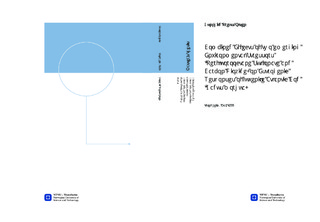| dc.description.abstract | Predicted climate changes have been suggested to alter future distribution and toxicity of persistent organic pollutants (POPs). Until now, little effort has been put into investigating such interactive effects between POPs and elevated CO2 levels (hypercapnia) in the aquatic environment. In the present study, juvenile Atlantic cod (Gadus morhua) were exposed to the emerging POP perfluorooctane sulfonate (PFOS; 0, 100 and 200 µg/L) for 1 hour/day in 5 days, followed by changes in elevated water CO2 saturation (0, 0.3 and 0.9%) for 3, 6 and 9 days. Endocrine disrupting potential of PFOS and elevated CO2 levels, both singly and in combination, were examined by analyzing levels of sex steroid hormones (E2, T, 11-KT) and transcript expression of estrogen responsive genes (ER-α, Vtg-α, Vtg-β, ZP-2, ZP-3), in addition to steroid and xenobiotic metabolism (CYP1A, CYP3A) and hypoxia-inducible factor (HIF-1α). Elevated CO2 produced increased levels of sex steroid hormones (E2, T, 11-KT) with concomitant increases in transcriptional expression of estrogen responsive genes. PFOS produced a weak time- and dose-dependent estrogenic effect as measured in mRNA expression of estrogen responsive genes, but no effect on steroid hormone levels. Exposure to elevated CO2 and PFOS in combination produced gene expression patterns that are different from the effects observed for CO2 and PFOS alone, indicating interactive effects. These observations suggest that hypercapnia and emerging POPs such as PFOS in combination could modulate the estrogen signaling in juvenile Atlantic cod (Gadus morhua), with potential consequences for sexual development and reproduction. To the best of our knowledge, this is the first study to report hypercapnia-induced sex steroid disruption in any fish species or lower vertebrate. These findings suggest a potential for adverse effects of increased anthropogenic CO2 emissions on sexual development and reproduction in fish. This also raises the question whether such interactive effects might be observed in other aquatic species and with other endocrine disrupters and POPs as well. Such findings could have implications for the accuracy of current risk assessments of emerging POPs, under changing climatic conditions. | nb_NO |

